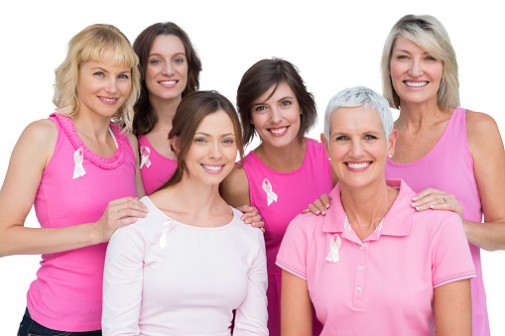
Important factors to help reduce the risk of breast cancer

October is here and you know what that means – pink commercials, pink products, football players wearing pink socks, and even hospital employees wearing pink gloves while dancing.
Messages are everywhere about doing a self-breast exam, about getting your screening mammogram, and about early detection. Catching cancer early when it’s treatable and curable is critical, but isn’t the more important question, “Is there anything I can do to reduce my chances of developing breast cancer?”
For years, we’ve talked about early detection and how it saves lives. For years, we were led to believe that there is nothing we can do to prevent breast cancer – that it will either happen or not happen to us. The last decade of research has proven that there truly are things that a woman at high risk can do to reduce her risk, and there are also things that an average woman can do to reduce her risk.
So your next question naturally is, “How do I know if I’m at high risk?” There are many risk factors for developing breast cancer. This specific type of cancer is a disease that is multi-factorial. There is not just one or two factors that cause it, but a huge array of genetic and environmental factors that all contribute to a woman’s potential for developing breast cancer.
Let’s sort through some of the most important risk factors.
Age: As we age, breast tissue has been exposed to hormones and environmental factors for longer periods of time, and is therefore at higher risk of developing breast cancer.
Family history: Having a first degree relative (mother, daughter, sister) diagnosed with breast cancer doubles a woman’s risk.
Hormonal factors: Beginning one’s period at an early age, and going through menopause late translates to more years of exposure to estrogens and higher risk.
Hormone replacement therapy: Taking combination estrogen and progesterone for 10 or more years increases risk.
Obesity: A BMI over 26 after menopause increases risk.
Smoking: Rate of breast cancer is 24 percent higher in smokers.
Alcohol consumption: More than four to seven drinks per week increases risk.
Dense breast tissue on mammography: Especially after menopause.
Having children after age 35: Or not having children at all.
Oral contraceptives: Increases risk after 10 to 15 years of use.
Lack of exercise: Little to no physical activity increases risk.
Some of these factors are within our control and several are not. It helps to understand if our risk is average or high based on these factors. It is important to know your own risk factors, as there are many options for reducing risk in one’s lifetime.
To learn more about breast health, please visit Stories of the Girls.
Related Posts
Comments
About the Author

Dr. Heidi Memmel is a breast surgeon with Advocate Medical Group.







